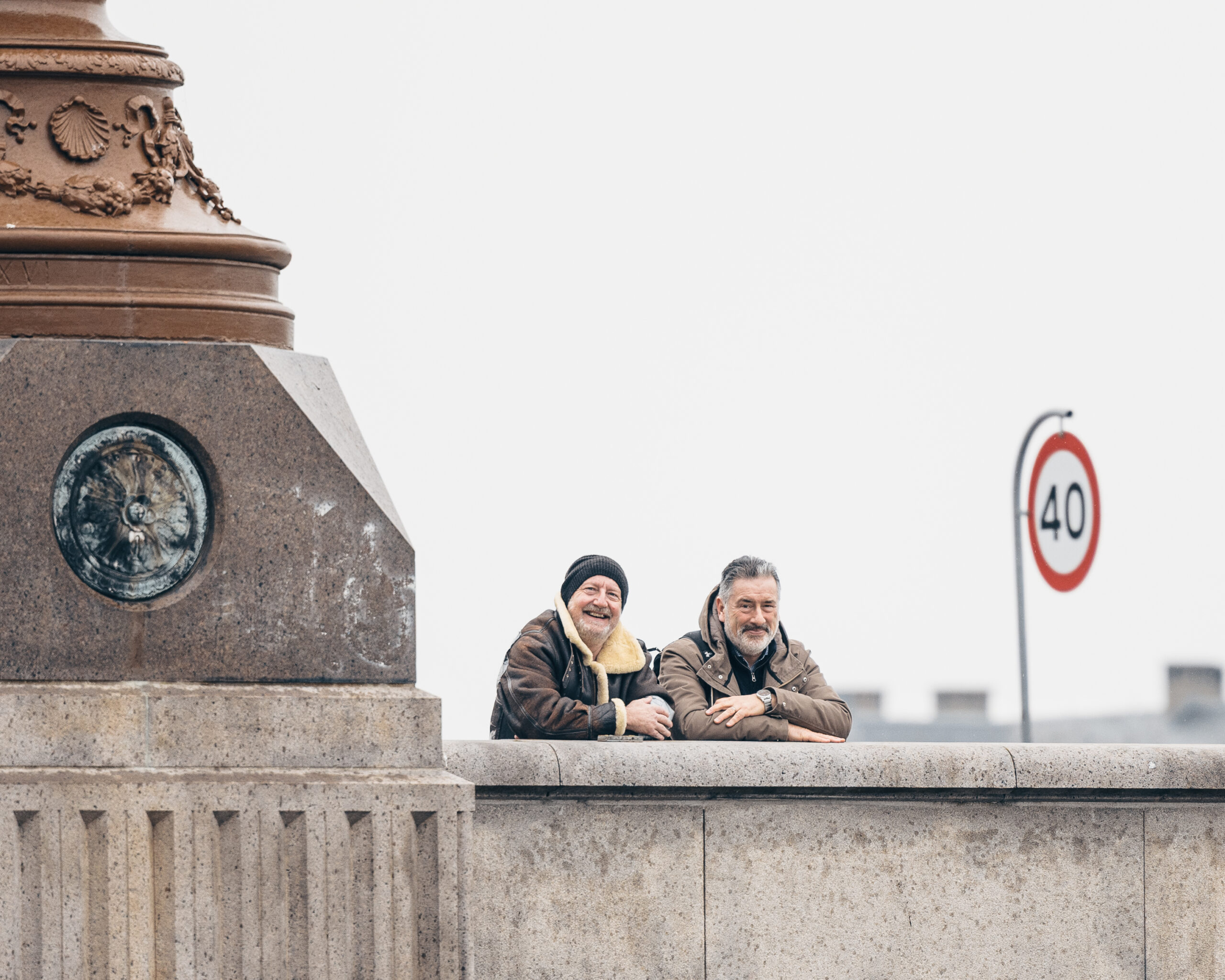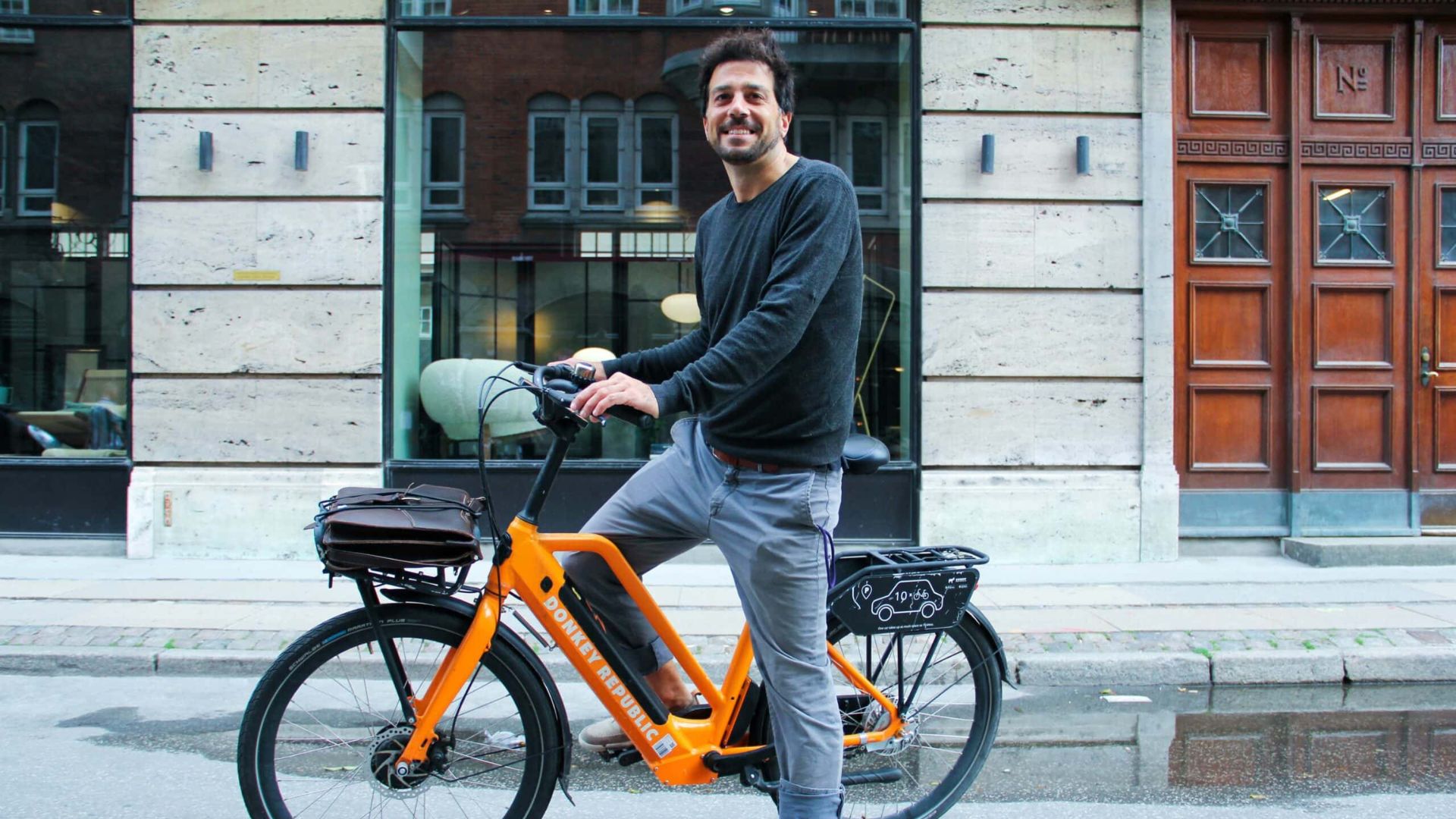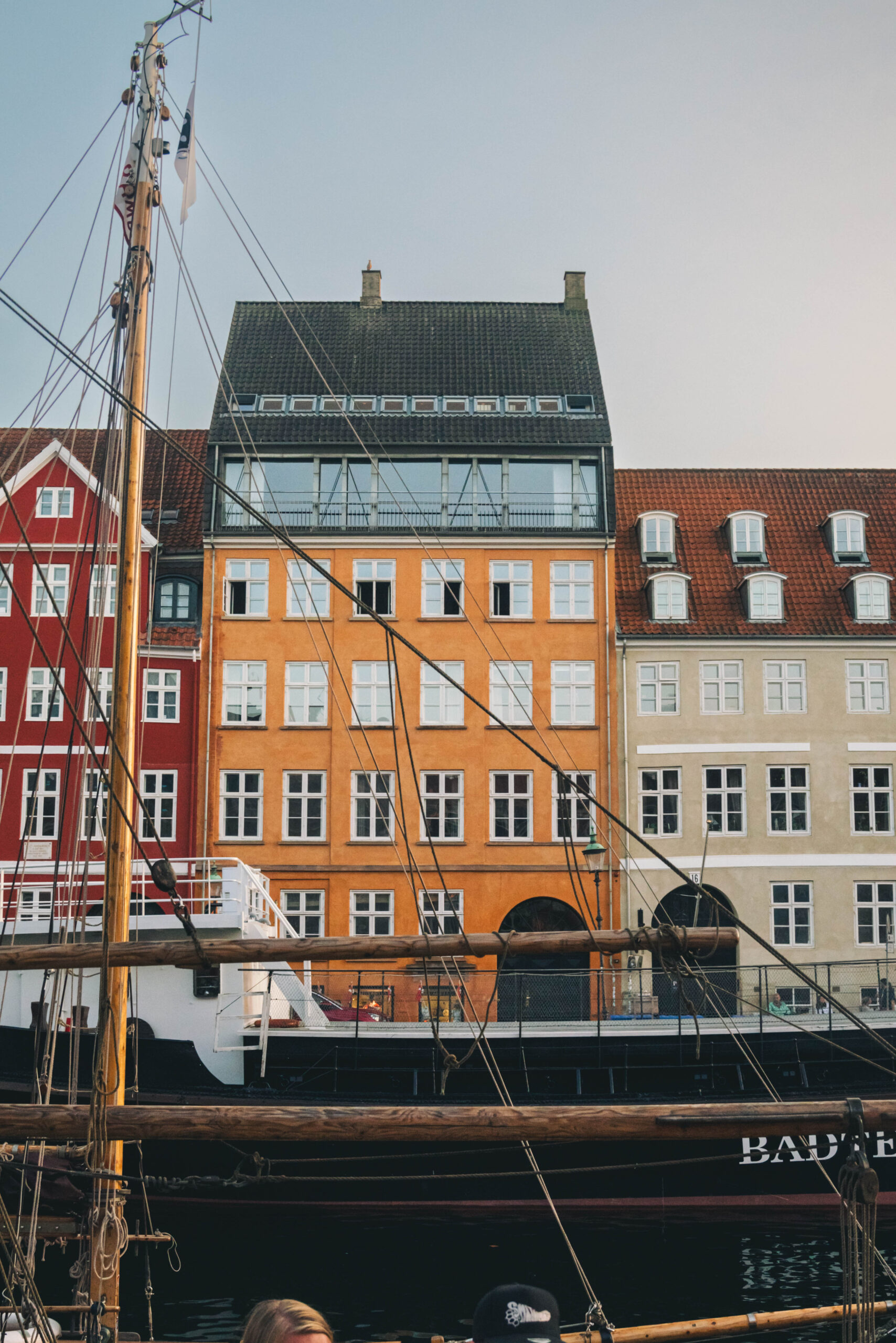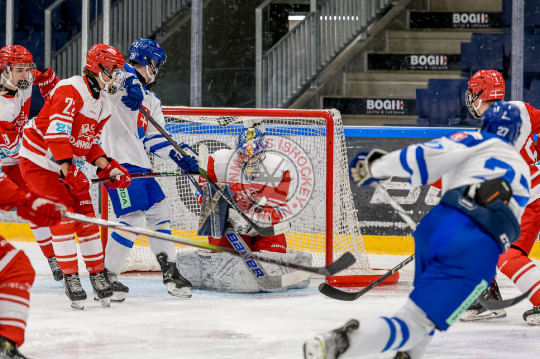The group of painters and writers who made up the artistic community in Skagen in the 1880s and early 1890s have long been popular for their depiction of fishermen, tranquil interiors and idyllic sunsets.
One of the most familiar paintings from the group is Peter Krøyer’s ‘Hip, Hip, Hurrah’ from 1888, showing a rather boozy lunch in the garden in the summer sunshine. In this picture, three women occupy the foreground and one is in profile with her daughter Helga on her lap. This is Anna Ancher, the wife of artist Michael Ancher and a formidable painter in her own right.
As this exhibition reveals, Anna and Michael had a rather progressive marriage for the times and unlike a number of other women artists married to famous men, Anna was given complete freedom to follow her own artistic path.
Borrowing heavily from the art museums of Skagen, the exhibition at SMK is the largest retrospective of her work to date, consisting of around 150 paintings, 30 drawings, archive material and photographs, all displayed thematically. It also builds on new scholarship, as a large number of the works have not really been closely examined before now.
A trick of the light
Although Anna Ancher enjoyed fame in her own lifetime, paradoxically she is rather under-represented in galleries. Most people know her for her paintings of domestic indoor scenes that hark back to the Dutch paintings of the 17th century.
However, Ancher was very much concerned with light. Sometimes, her sitters seem to be almost incidental to the light flooding in from a side window onto a back wall. ‘Maid in the kitchen’ (1886) shows just such a domestic scene, but the eye is increasingly drawn towards the sunlight coming in through the curtains.
One wall of the exhibition has a series of studies of a girl in a blue dress sewing that serves to illustrate Ancher’s systematic examination of the properties of light.
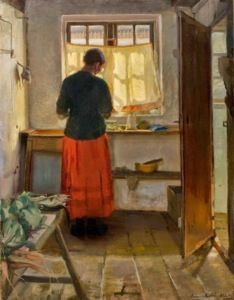
Parisian influences
Anna Ancher and her husband made two visits to Paris – a short one in 1885 and a longer six-month stay in 1889. It is fair to say that these visits made a deep impression on her use of colour.
In Paris she came across the work of the Impressionists and her pastel drawing ‘Study of the seamstress’ head, Ane’ from 1890 seems deeply influenced by Gauguin’s use of yellows, greens and an almost Japanese-style flat background, with shadows of plants.
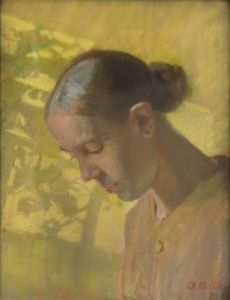
‘Sunlight in the blue room’ (1891) takes things a bit further. Here we see the couple’s daughter Helga sitting on a chair far to the right of the picture between two windows. However, the picture is all about the light falling on the back wall and the shadow cast so Helga becomes almost secondary.
Another lesson learned from her time in Paris studying under Puvis de Chavannes was simplicity. The Frenchman was known for simplifying his motifs and emphasising the monumental aspect of figures. In a rather unusual take on the legend of Leda and the swan entitled ‘A young girl plucking a swan’, Ancher divides the canvas into two – a light and dark side – with the girl and the swan very much dominating the middle ground.
The ultimate in simplicity and light must surely be ‘Evening sun in the artist’s studio at Markevej’ from around 1913, where apart from a small table and the corner of a cupboard, colour and the splash of light on the wall make up pretty much the whole picture.
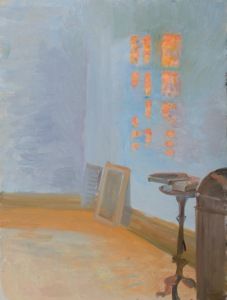
Always composition and light
Although not as famous as some of the other Skagen painters for landscapes, she did depict people outdoors. The exhibition shows two similar pictures of farm labourers in the fields, and in the ‘Religion’ section we see priests ministering to the people in the sand dunes. Religion was very important in the Skagen fishing community as fishing was a pretty dangerous occupation. However, it is hard to tell what Ancher herself thought when it came to spiritual matters.
Domestic scenes show milestones in the community, such as weddings and family gatherings and there is also a nod to the new scientific currents with children queuing up to be vaccinated. However, despite the busy scenes depicted, Ancher is still primarily concerned with composition and light.
Domestic tranquillity
The final section of the exhibition is devoted to portraits. The picture of her husband sleeping it off after a silver wedding and another one of him lounged in an armchair admiring ‘The new hunting boots’ bear witness to the affection that the couple had for each other.
This exhibition is a revelation for anyone who has even a superficial knowledge of Anna Ancher’s art. It shows that there was very much more depth to her work than might be thought and that she, more than any other Danish artist of the time, was very much tuned into international currents in art, which she brought back to Denmark.



